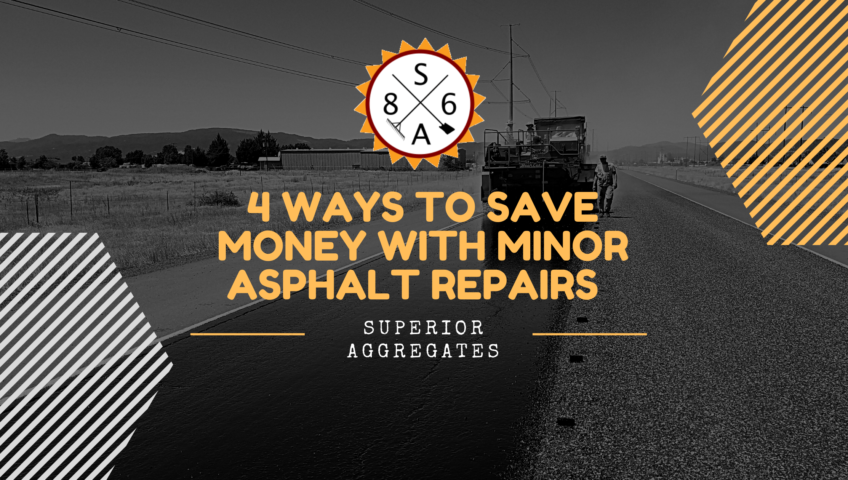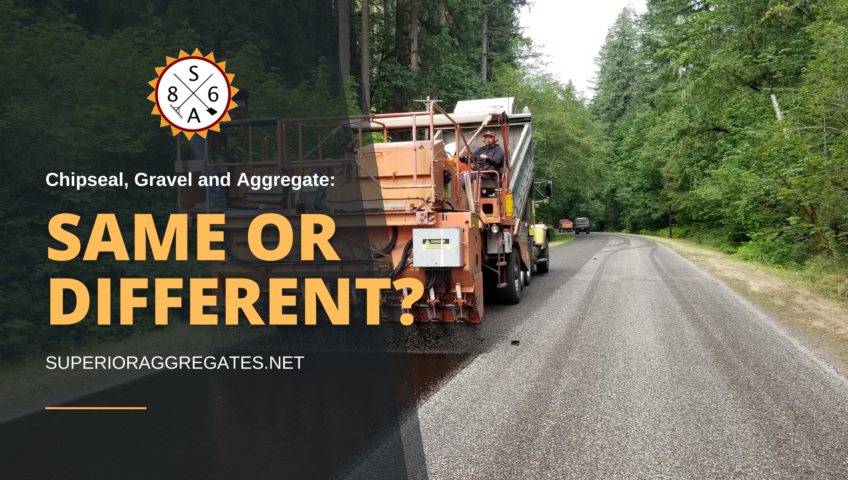
4 Ways To Save Money With Minor Asphalt Repairs
For asphalt driveways or parking lots, leaving cracks and holes unrepaired can make the asphalt susceptible to crumbling and erosion, resulting in issues that require costlier repairs down the line. To save money on asphalt repairs now and in the future, try these four asphalt repairs for minor problems.
Make Minor Repairs
Probably the most common minor asphalt repair is for a pothole. For small potholes, prepare the area by clearing it of rocks and vegetation, then washing it. Make sure there is no standing water in the hole or cracks before you begin.
After preparing the area, you can start filling the pothole with a pothole patch. Cover the area until it stands at about 1 and ½ inches above the surface of the surrounding asphalt, then tamp it down with a tamper, or drive over a piece of plywood set over the top.
Tamp the patch down until it is level with the rest of the area and very compact. When the area is dry, you can then use a hand grinder to make the edge of the new asphalt flush with the old, or, while it is still drying, you can use crack repair around the edge, blending with a spreader.
Before sealing the new pavement, do not turn on this spot for 2 to 3 weeks.
Drain Problems
Due to erosion and standing water, asphalt around the drains may begin cracking or deteriorating over time or after a freeze.
To repair minor cracks and chips, mark a square around the drain with marking paint. With a pickaxe, break apart the asphalt in the square and remove the debris. Note that if the foundation underneath the asphalt is compromised, this is no longer a minor repair.
Using a pothole patch, fill the area around the drain with the patch, tamping it down every two inches until it is level with the rest of the surface. You can blend this patch with a grinder or crack repair before sealing the surface.
Crocodile Cracks
These kinds of cracks appear due to repeated pressure that can’t be supported by the foundation. Water seeping into the cracks may worsen them.
To repair minor crocodile cracks, clean the area of rocks and debris with a tough broom and make sure there are no loose stones nearby to compromise the fix.
Using Gator-Patch or another brand of crack repair, apply the fix to the surface and use a squeegee or spreader to smooth out the patch into a thin layer. Work the material into the cracks by changing directions.
Let it cure before applying the second coat and the seal coat.
Chemical Spills or Stains
Whether from oil spills or other harsh chemicals, asphalt can become stained. For a small stain or spill, begin by drying up any active liquid by spreading kitty litter over the top, stomping it down, and letting it sit overnight.
The next day, sweep up the kitty litter and dispose of it. Then, saturate the area with Dawn dish soap and scrub it into the spot with a tough brush or broom. After scrubbing it into the pavement, wash the area clean with the hose. Repeat as necessary.
For asphalt driveways or parking lots, leaving cracks and holes unrepaired can make the asphalt susceptible to crumbling and erosion, resulting in issues that require costlier repairs down the line. To save money on asphalt repairs now and in the future, try these four asphalt repairs for minor problems.
Make Minor Repairs
Probably the most common minor asphalt repair is for a pothole. For small potholes, prepare the area by clearing it of rocks and vegetation, then washing it. Make sure there is no standing water in the hole or cracks before you begin.
After preparing the area, you can start filling the pothole with a pothole patch. Cover the area until it stands at about 1 and ½ inches above the surface of the surrounding asphalt, then tamp it down with a tamper, or drive over a piece of plywood set over the top.
Tamp the patch down until it is level with the rest of the area and very compact. When the area is dry, you can then use a hand grinder to make the edge of the new asphalt flush with the old, or, while it is still drying, you can use crack repair around the edge, blending with a spreader.
Before sealing the new pavement, do not turn on this spot for 2 to 3 weeks.
Drain Problems
Due to erosion and standing water, asphalt around the drains may begin cracking or deteriorating over time or after a freeze.
To repair minor cracks and chips, mark a square around the drain with marking paint. With a pickaxe, break apart the asphalt in the square and remove the debris. Note that if the foundation underneath the asphalt is compromised, this is no longer a minor repair.
Using a pothole patch, fill the area around the drain with the patch, tamping it down every two inches until it is level with the rest of the surface. You can blend this patch with a grinder or crack repair before sealing the surface.
Crocodile Cracks
These kinds of cracks appear due to repeated pressure that can’t be supported by the foundation. Water seeping into the cracks may worsen them.
To repair minor crocodile cracks, clean the area of rocks and debris with a tough broom and make sure there are no loose stones nearby to compromise the fix.
Using Gator-Patch or another brand of crack repair, apply the fix to the surface and use a squeegee or spreader to smooth out the patch into a thin layer. Work the material into the cracks by changing directions.
Let it cure before applying the second coat and the seal coat.
Chemical Spills or Stains
Whether from oil spills or other harsh chemicals, asphalt can become stained. For a small stain or spill, begin by drying up any active liquid by spreading kitty litter over the top, stomping it down, and letting it sit overnight.
The next day, sweep up the kitty litter and dispose of it. Then, saturate the area with Dawn dish soap and scrub it into the spot with a tough brush or broom. After scrubbing it into the pavement, wash the area clean with the hose. Repeat as necessary.

